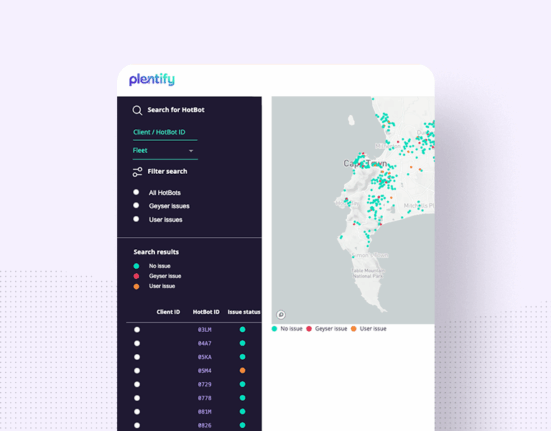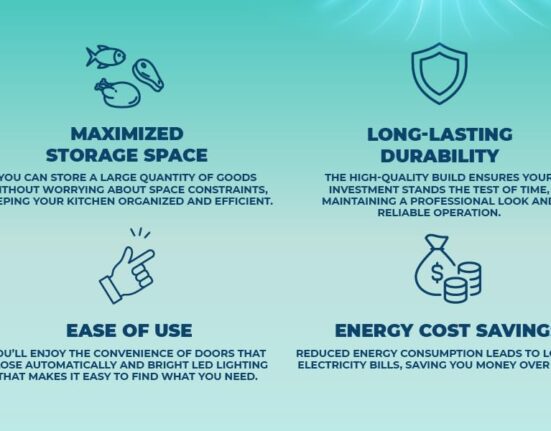The North Sea, a vital national resource for the UK’s energy sector, is experiencing a surge in activity as the country transitions towards cleaner power sources. With ambitious clean power targets to meet, experts project that between 43 and 51 GW of installed wind capacity will be required by 2030.
Claire Quinn, Senior Associate at CMS Energy Disputes, highlights the challenges arising from the increasing congestion in the North Sea. As more users operate within these waters, competition for space becomes inevitable. Users find themselves maneuvering around each other to fulfill their goals amidst this physically finite area.
Quinn emphasizes that with multiple sectors vying for space in the North Sea, coordination and sustainable development are essential. The North Sea Transition Authority (NSTA) and Crown Estate Scotland (CES) have issued a Statement of Intent (SoI) outlining their commitment to harnessing the energy and carbon storage potential of the region.
“The SoI sets out common priorities such as coordinated marine development and addressing co-location challenges between key sectors,”
states Quinn. The document acknowledges the complexities posed by various industries like offshore wind, carbon storage, oil and gas production, shipping, fisheries, and marine activities sharing these waters.
The recent report
“Offshore Wind Insight 2025”
by Offshore Energies UK (OEUK) further underscores the urgency of expanding offshore wind energy production. To achieve the Clean Power 2030 target set by the government, substantial progress must be made in clearing regulatory hurdles and investing in infrastructure.
OEUK predicts that upcoming initiatives like the September wind allocation round will play a pivotal role in ramping up offshore wind capacity. This anticipated surge in activities aligns with efforts by NSTA and CES to promote carbon storage projects within the region.
While oil and gas extraction remain predominant industries in the North Sea focused on maximizing economic recovery according to NSTA’s objectives, there is an increasing shift towards renewable energy sources like offshore wind. Balancing these diverse interests requires close collaboration among stakeholders to ensure safe coexistence.
As different sectors strive to find equilibrium amidst growing demands for space within UK waters, regulators face mounting pressure to facilitate smooth operations while mitigating potential conflicts. The evolving landscape of activities in the busy North Sea necessitates proactive measures to harmonize competing needs effectively.
In conclusion, as various industries converge within this limited maritime territory seeking growth opportunities while navigating regulatory frameworks and operational challenges collaboratively will be imperative for sustainable development.









Leave feedback about this